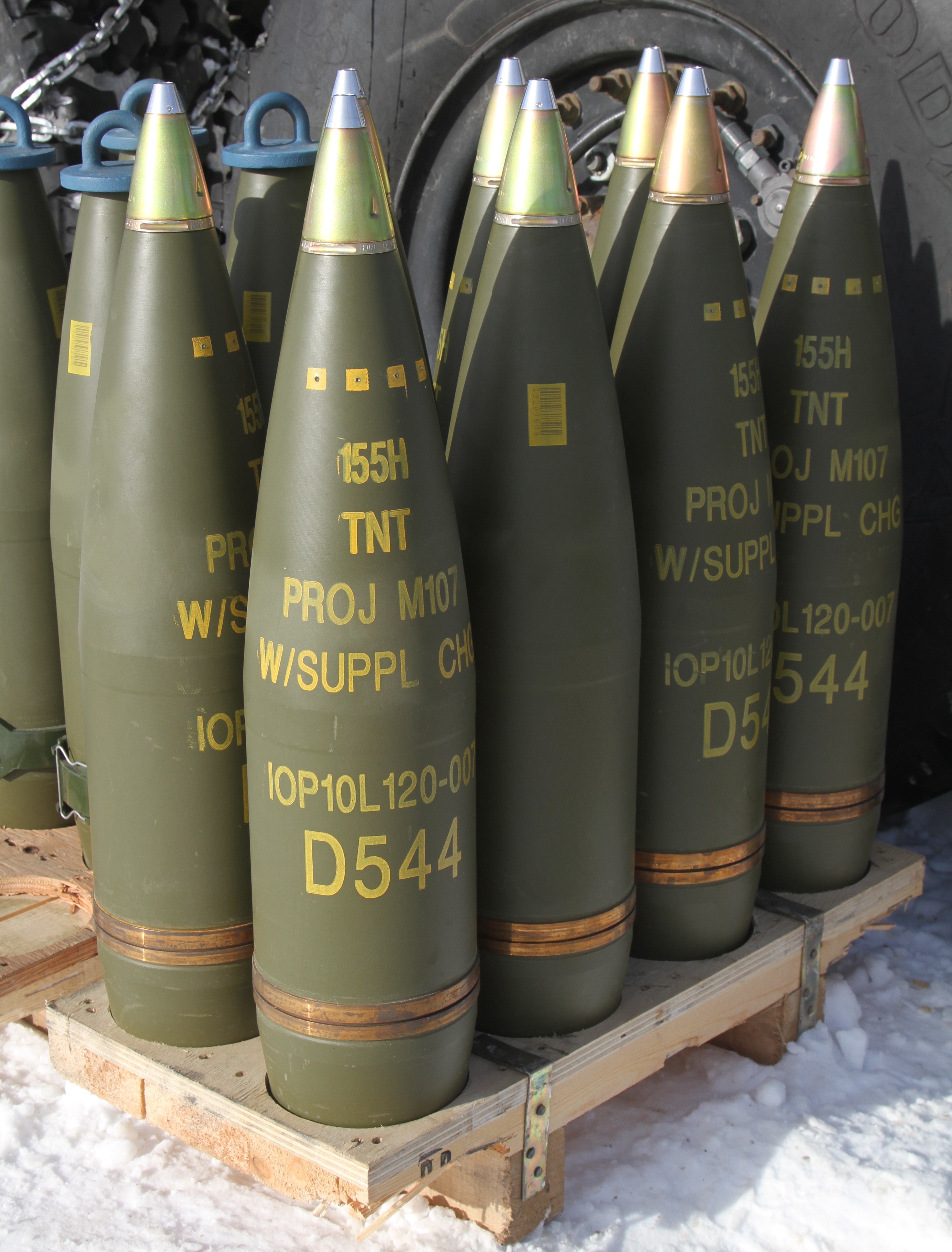
NATIONAL HARBOR, Md. – The United States no longer has the capacity to quickly produce needed wartime assets, like 155 mm artillery shells, or to repair vital sophisticated systems, like radar, rapidly in theater, a panel of expert logisticians said last week.
Weapon systems like artillery and radar cannot be produced and shipped in a quick timeline, said Justin Woulfe, Systecon’s chief technology officer, during the Navy League’s Sea Air Space 2023 symposium.
“There’s not an Amazon Prime for these weapons systems,” Woulfe said.
COVID-19’s effect on manufacturing and supply chains focused attention on an existing problem, Woulfe and other panelists said. The war in Ukraine dramatically underlined the capacity problem the United States faces in sustaining combat operations at sea, on land and in the air in a contested environment.
“If you want to lose a war, ignore the calculus of contested logistics,” said Harold Valentine, deputy director for plans and operations in Naval Supply Systems Command.
Even though the United States is not at war with any nation around the Black Sea, it is already seeing aspects of access denial to its warships there, he said. It is also experiencing market denial as individual nations no longer want to freely trade items that they may need in case of another pandemic or the consequences of climate change. The global scramble for masks and ventilators in 2020 as the scope of the pandemic was being realized is as an example of market denial, he said.
“Phase one,” as a concept of time without conflict, no longer exists, Valentine said.
The logistics situation will only get worse, Woulfe said.
The United States will have to go into potential combat with what it currently has in the stockpiles when it comes to weapons, munitions and systems, said Robert Stukes, chief logistician in the program executive office for integrated warfare systems. As for repair, “we don’t have buckets and buckets of spare parts” that American forces can take with them to the fight.
War also limits the ability to return to a depot or a shipyard for parts and a skilled workforce, Woulfe said. Combat means “lumping demand” rather than “the steady flow” public depots that public and private yards want to see so they know what to have on hand and the number of workers to keep on the payroll.
“You’re not going to have [all that’s needed] to repair a hole in a warship. I need a whole system to repair that hole” because of the bundles of electronic systems that were taken out in the attack or collision, Stukes said.
A struggle exists between systems integration and repairability that goes into building warships for 21st-century high-end warfare, he said.
The Navy does not just compete with other services for budget share. It also competes with the commercial sector for time in yards, maintaining production lines and materials and minerals for niche parts of weapons systems that also have civilian use.
Gone are the days “when we set up a [production] line and leave it for 10 years” when the demand for something like ammunition again soars, as it has for artillery shells now, Stukes said.
While just-in-time logistics has made manufacturing more efficient, it also has made the whole process more vulnerable to disruption. There’s a struggle between efficiency versus resiliency that the armed forces want, several panelists said.
Analysis, gaming, modeling and simulation in areas like re-arming at sea, supplying Marines at dispersed locations across the Indo-Pacific, and maintaining and repairing afloat missile systems on destroyers are providing some answers on how to be better prepared for possible conflict.
The Russian experience in Ukraine has provided others. One lesson pointed to frequently in the discussion was a lack of planning on what would be needed to sustain operations over weeks. The war has lasted more than a year.
For the U.S., Stukes said the lessons learned in providing 155 mm artillery shells to Kyiv are far broader than dwindling stockpiles. The shipping alone pinpointed concerns over safety, weight ruling out aircraft delivery and distribution once in theater.
In addition, while data over inventories of stocks of specific parts are available, Stukes said that information is not pulled together at the requirement level for an entire system, like radar.
There is also no inventory of the status of parts’ performance to show what is likely to fail when.
“Aggregation matters” in that environment, Valentine said.





